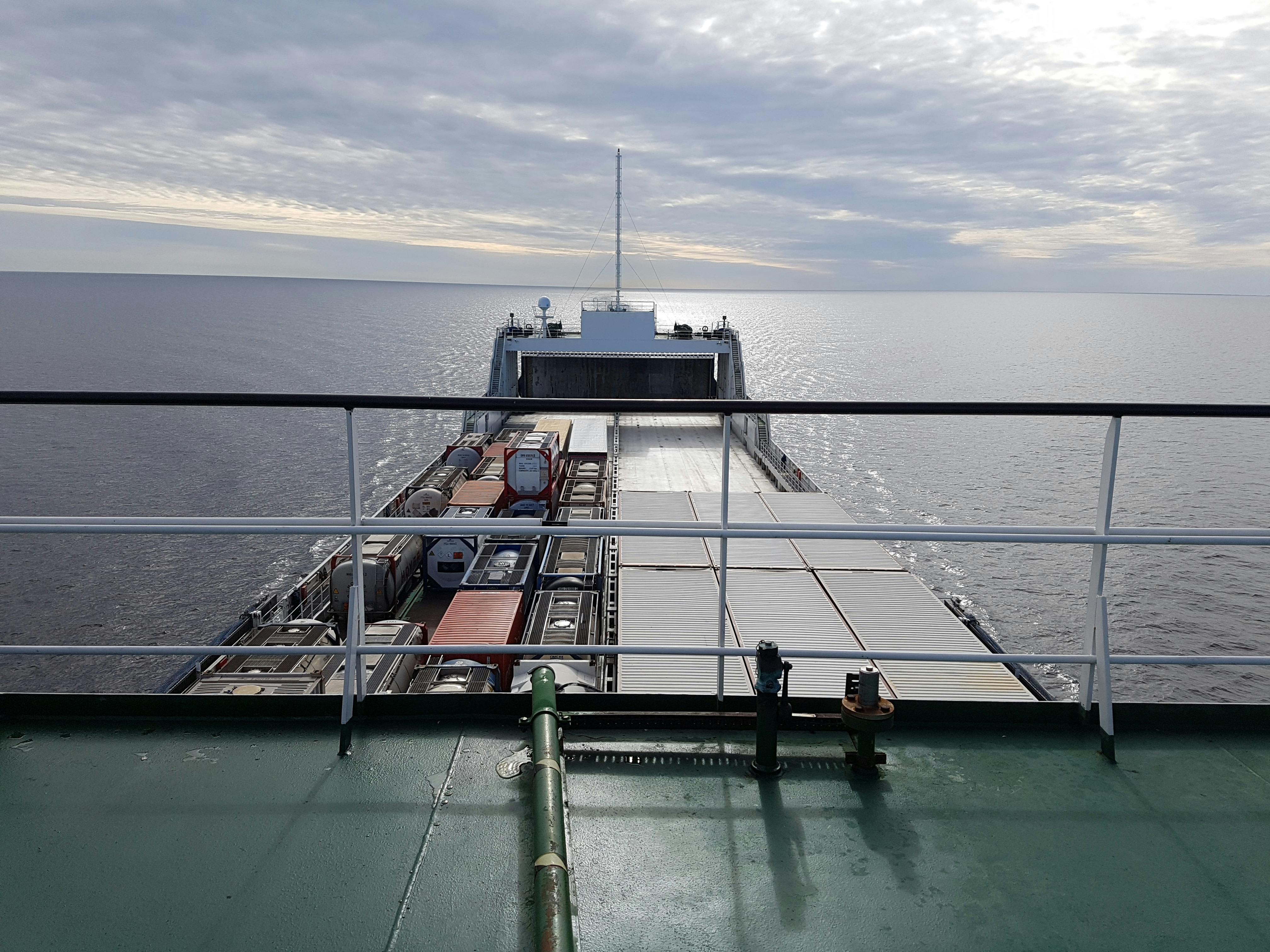
How not to take the wrong train in Japan!
The last thing you want is to get lost in Japan. You will probably use public transportation. And, no doubt, you will have to ask for directions. It is important that you understand where to go and how to get around. You should ask questions like, “Where do I get off the subway?” and “What time does the bus leave from Tokyo station?” Save yourself a lot of time and heartache by familiarizing yourself with the terrain of Japan and how to navigate it. In this article for Japanese beginners, learn how to ask for directions and use public transportation in Japan. You will become familiar with the different types of transportation available to you and how to talk and ask about all of them. Iku master takushii (“taxi”), chikatetsu nor norikaeru (“transfer to the subway”), and many other phrases that will help you get around Japan. As always, learn a series of Japanese vocabulary words that will take your Japanese to the next level. Make your life easier with this Japanese article for beginners!
Vocabulary: In this article, you will learn the following words and phrases:
Keisei Narita eki – “Narita Station on the Keisei Line”
Yamanote sen – “Yamanote Line”
Nippori – “Nippori” (place name)
Keisei sen – “Keisei Line”
noru – “go up (a train), take (a train)” (class 1 verb)
ikkai – “once, once”
memorandum – “memorandum”
mazu – “first, to start”
Oriru – “get off” (verb class 2)
norikaeru – “transfer, change train” (class 2 verb)
Grammar: In this article, you will learn the following words and phrases:
Useful phrases and vocabulary:
Doo shimashita ka.
Review the vocabulary and usage below:
doo – “excuse me”
shimashita – the past tense of shimasu, or “to go”.
ka – question marker
We can translate this phrase literally as “how did it go?” However, it corresponds to “what’s up?” or “what’s wrong with you?” in English.
Kara
Particle Kara indicates a cause or reason and is equivalent to the English “since” or “because”.
In today’s dialogue:
-
Sumimasen ga, moo ikkai, yukkuri itte kudasai. Memo or shimasu kara.
“Sorry, can you say that one more time slowly? (Because) I’m going to write it down.”
Examples:
-
Chotto mate kudasai. Suguni ikimasu kara.
“Please wait. I’ll be there shortly.” -
Densha from ikimashoo. Takushii wa takai desu kara.
“Let’s take a train. (Because) taxis are expensive.”
Yamanote-sengold Yamate-sen
Keisei-sen
Sen means “line”. We express the names of the train lines as “[name of the line] + sen. “
For instance:
- Chiyoda-sen – “The Chiyoda Line”
- Ginza-sen – “The Ginza line”
- Chuuoo-sen – “The Chuuoo line”
Useful transport verbs
These verbs will come in handy when using public transportation in Japan.
-
Class 1 verbs:
iku – “to go ”
noru – “to mount, to carry “(a transport) -
Class 2 verbs:
norikaeru – “to transfer”
Oriru – “Get down”
Particles
I. [Transportation] + of + iku
SEE Nihongo Doojoo, “Welcome to Style You: Item 23,” for more details.
To say “pass [type of transportation], “we mark the type of transport with the particle from.
“English” / Japanese
“go by taxi” / iku takushii
“go by car” / iku kuruma
“go by metro” / iku chikatetsu
“Go by train” / iku densha
“go by bus” / iku basu
“go the Yamanote line” / Yamanote-sen by iku
“go on foot” / iku aruki
Note: *aruki half “walking “
II. [Transportation] + nor + noru
Say “take [type of transportation], “we mark the type of transport with the particle or.
“English” / Japanese
“take a taxi” / takushii ni noru
“take the subway” / chikatetsu nor noru
“take a train” / densha ni noru
“take a bus” / basu nor noru
“take the Yamanote line” / Yamanote-sen ni noru
“to ride a horse” / uma nor noru
Note: *uma means “horse”
III. [Transportation] + or gold me + norikaeru
To say “transfer to [type of transportation], “we mark the type of transport with the particle or gold me.
“English” / Japanese
“transfer to the metro” / chikatetsu nor norikaeru
“transfer to a train” / densha ni norikaeru
“transfer to a bus” / basu nor norikaeru
“transfer to the Yamanote line” / Yamanote-sen norikaeru
IV. [Transportation] + or + oriru
To say “get off [type of transportation], “we usually mark the type of transport with the particle or.
“English” / Japanese
“get off the subway” / chikatetsu or oriru
“get off the train” / densha or oriru
“get off the bus” / basu or oriru
“get out of the Yamanote line” / Yamanote-sen or oriru
Useful sentences from today’s dialogue
-
iku (-te form); itte
Yamanote-sen of Nippori ni itte kudasai.
“Go to Nippori on the Yamanote line.” -
noru (-te form); notte
Keisei-sen’s nippori ni notte kudasai.
“Take the Keisei Line at Nippori Station.” -
orimasu (-te form); orite
Yamanote-sen nippori or orite kudasai.
Exit the Yamanote Line at Nippori. -
norikaeru (-te form); norikaete
Keisei-sen nor norikaete kudasai.
“Transfer to the Keisei line.”
Practice:
Please complete the sentences by filling in the blanks.
Shinjuku – (the Marunouchi line) – Akasakamitsuke – (the Ginza line)? Asakusa
- by Akasakamitsuke ni itte kudasai.
- Akasakamitsuke from __ni norikaete kudasai.
Tokyo – (the Tookaidoo line) – Totsuka – (the Shoonan-Shinjuku line) – Kamakura
- don’t even notice, _____________ ni itte kudasai.
- nor norikaete kudasai.
- Kamakura by orite kudasai.